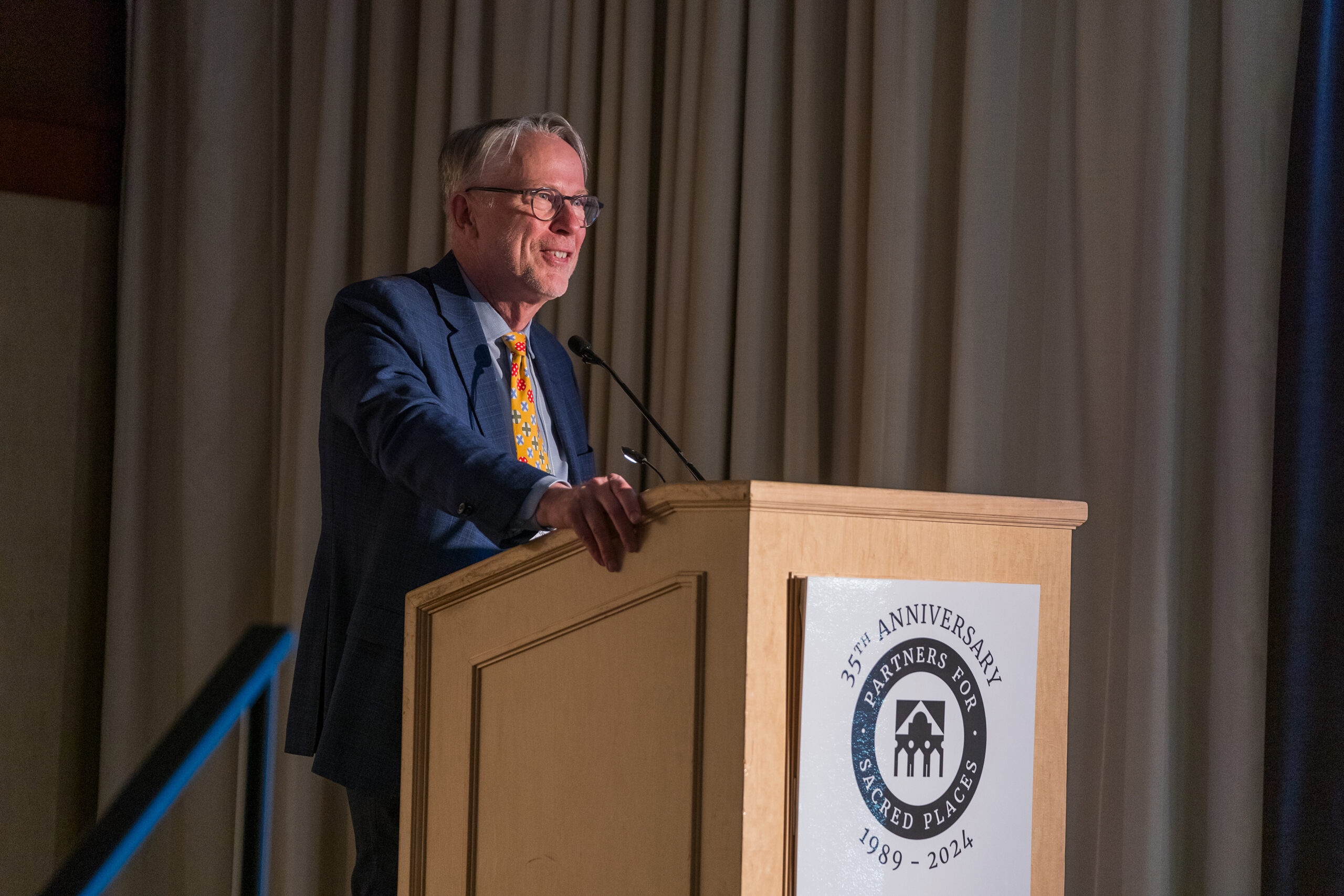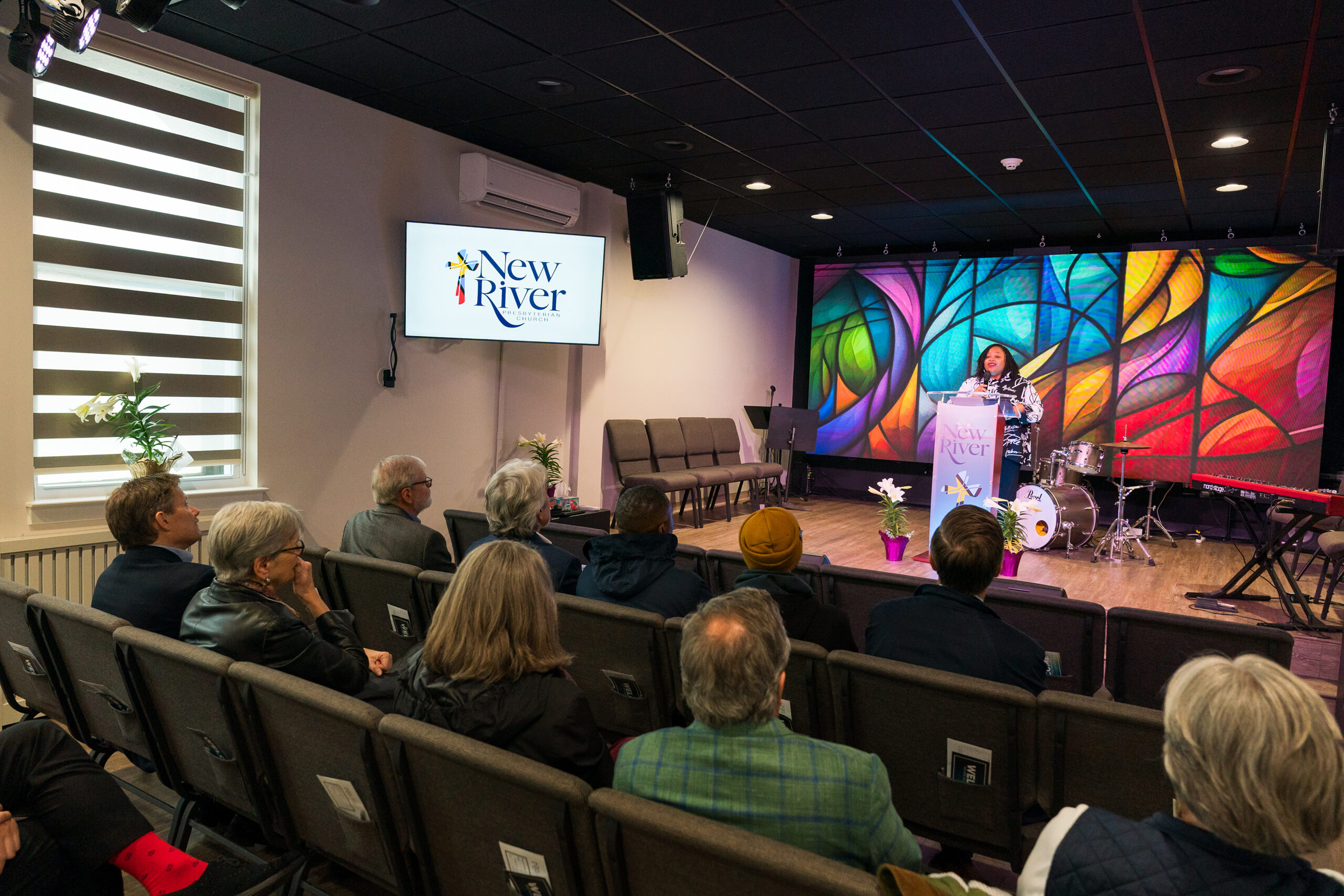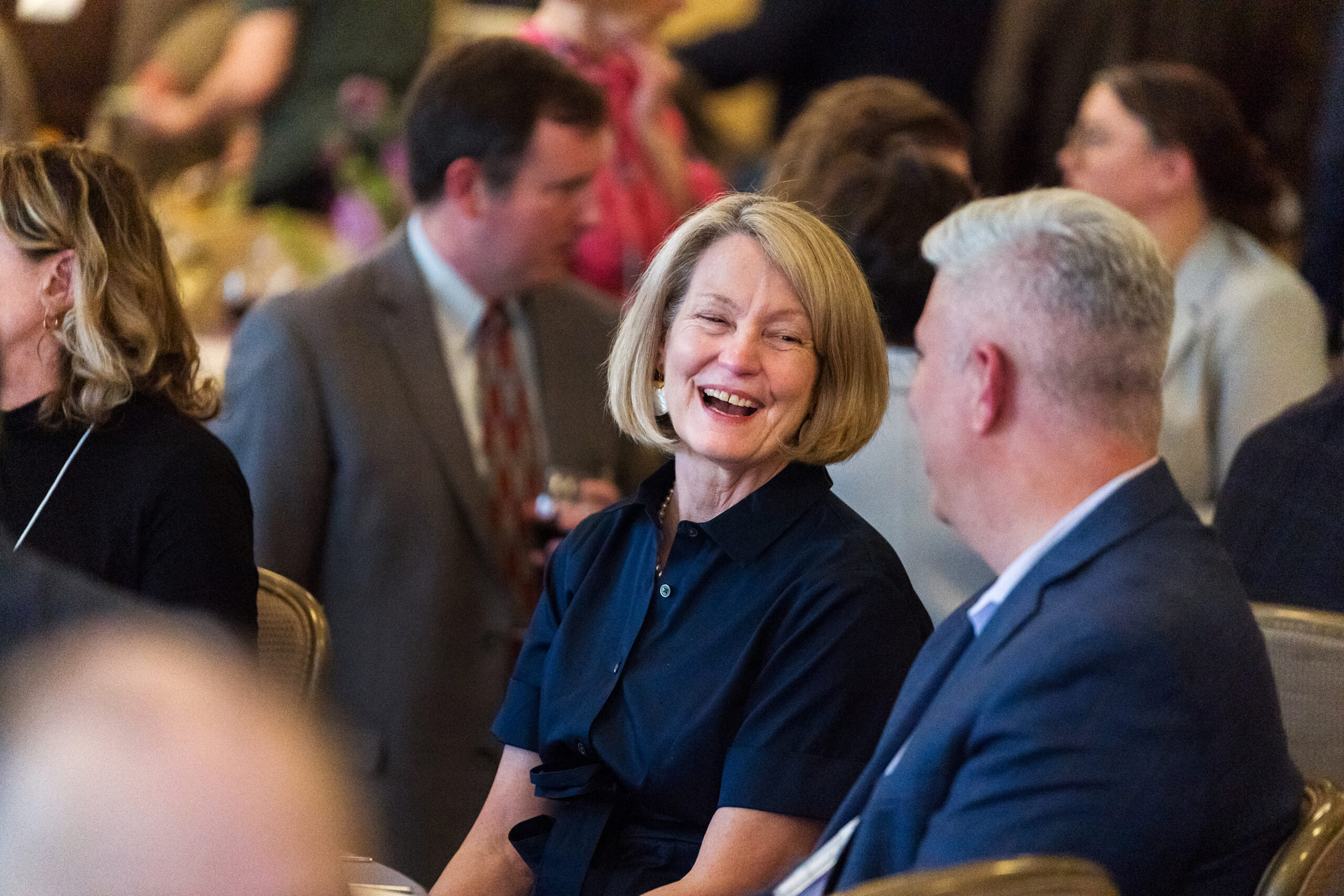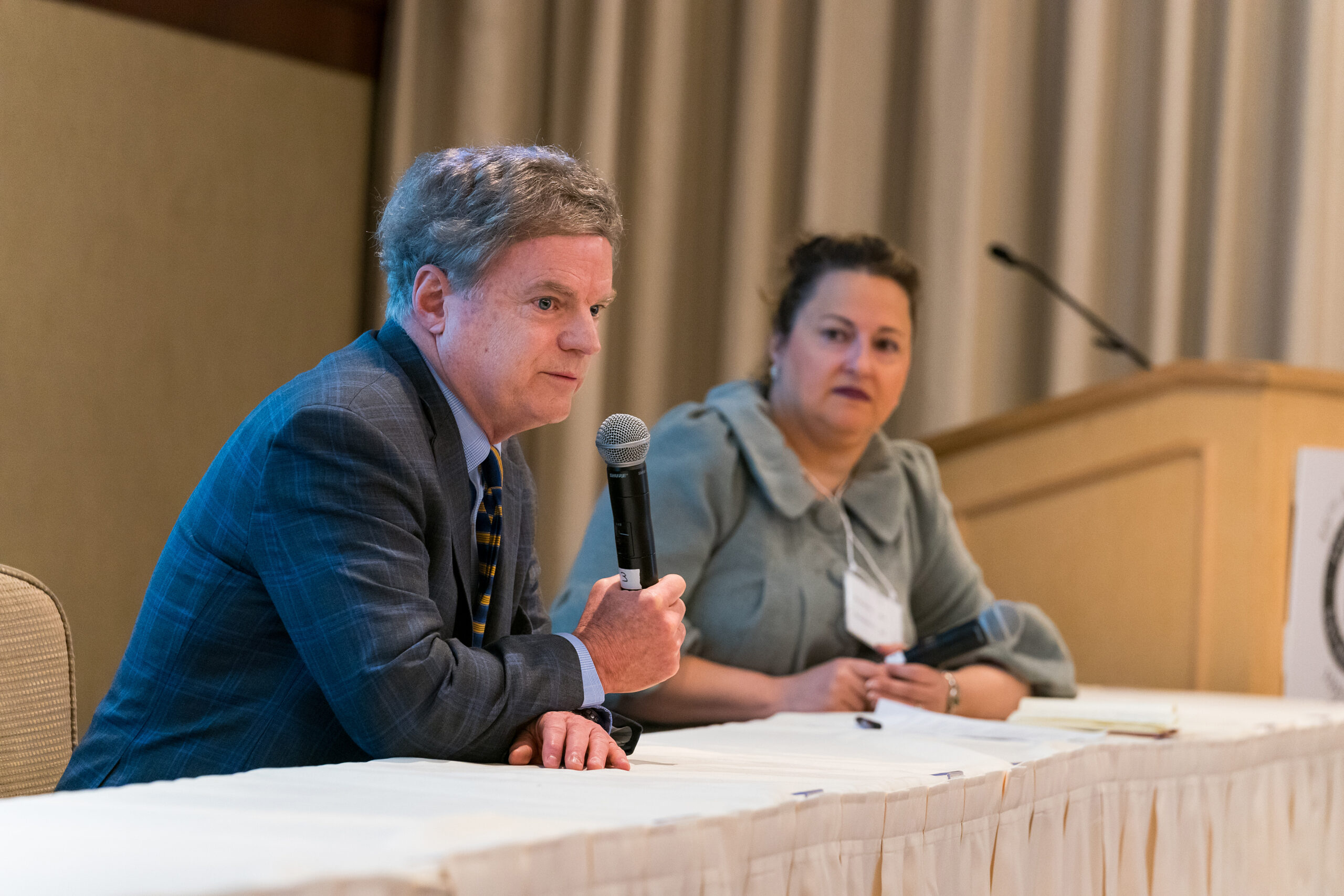On Friday, April 5, 2024, leaders from eight different sectors – from religion and philanthropy to academia and architecture to government and nonprofits – gathered in one place to learn, discuss, and analyze trends, unmet needs, and possibilities for sacred places in America. These 100 leaders traveled from across the country to attend Partners for Sacred Places’ National Convening to delve into an overriding question: How do we activate the hidden assets that sacred places represent, so that they can more fully serve their communities?
“Our hope,” said Bob Jaeger, President of Partners for Sacred Places, in his opening remarks, “is to stimulate and encourage conversation and deliberation that can lead to new resources, new initiatives, and new collaborations that can help us make the most of our churches, synagogues and other sacred places – assets that have an enormous ‘halo effect’ or community impact, but are underutilized. Places that can be activated in new ways that respond to the priorities of everyone in this room.” Over the course of the convening, presenters and participants alike worked to realize this hope.
John Bridgeland kicked off the sessions with an important question: Does it matter if sacred places disappear? Bridgeland brought vast experience in creating national conversations as Executive Chairman of the Office of American Possibilities and Co-Founder of Welcome U.S. He also served in high-level policy positions for Presidents Obama and George W. Bush. Bridgeland’s remarks focused on the civic nature of sacred places and the critical roles sacred places fill for communities and the nation. He pointed out that the government is interested in social solutions, as are all the sectors that were represented at the convening. Moving toward a national conversation, Bridgeland urged the sectors to work together for the preservation of sacred places as assets that serve and strengthen communities.
Nancy Ammerman, Professor Emerita of Sociology of Religion at Boston University, followed with a data-based presentation on the state of congregations today (You can view her slides here). Ammerman stressed the importance of a grounded understanding of congregations and sacred places’ roles in American life. Many congregations have made long and sustained investments in their communities by providing space and support for the arts and social services. But as congregations face new challenges with changing demographics and aging buildings, sacred places and the services provided within those spaces are vulnerable. Her presentation noted that religious innovation has always been a part of American history and can continue to be a factor today as congregations face these challenges.
Referencing the biblical writing that “faith without works is dead,” plenary speaker EJ Dionne, renowned Washington Post Columnist and Brookings Institution Fellow, brought the ideas of Bridgeland and Ammerman into focus. Dionne said, “You don’t have to believe in God to believe in sacred places; what we’re talking about today is not religion, but concern for places.” Dionne argued that part of the national conversation on sacred places should be documenting the potential community loss if a house of worship vanishes. Religious properties support the well-being of their neighborhoods, from providing a safe haven for social services such as childcare, food pantries, and health programs. Investing in sacred places, noted Dionne, supports neighborhood infrastructure and creates community- and national-level change.
Friday’s schedule continued with a video case example of a congregation in Reading, PA which has made a turn toward its community and is now sharing its space to support programs for youth, artists, and those in need. A diverse panel representing government, academia, religion, philanthropy, historic preservation, and economic development in marginalized communities reflected on the questions raised in the presentations. Participants proceeded to gather in “intersectoral” roundtable discussions, engaging the ideas they had heard. Then each sector met to talk about what they could each do to preserve sacred places and activate them as community resources. Elizabeth Lynn of the Lake Institute offered a summation of the day’s final panel: the nation’s sacred places are places of possibilities.
With possibilities for the future in mind, the convening came to a close, but it was only the beginning of what the participants were calling “a national movement to preserve sacred places in the future and enable them to live out their mission.”
By Ann Kendall, Partners for Sacred Places Intern







